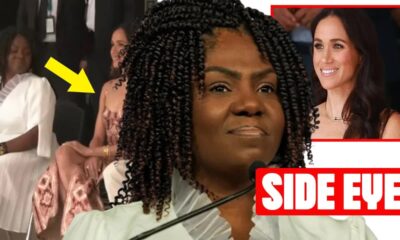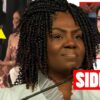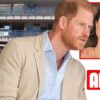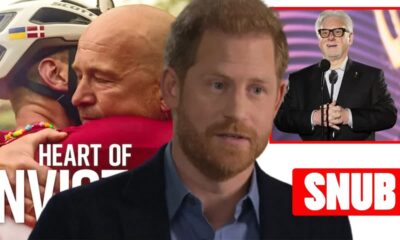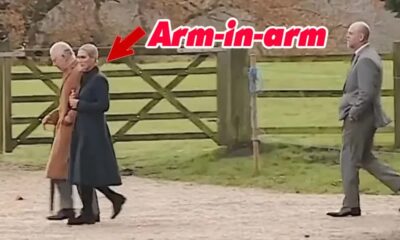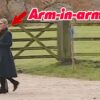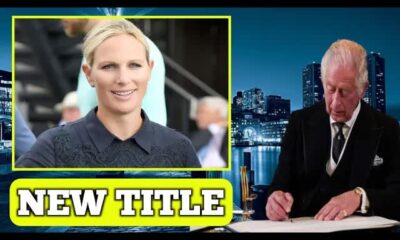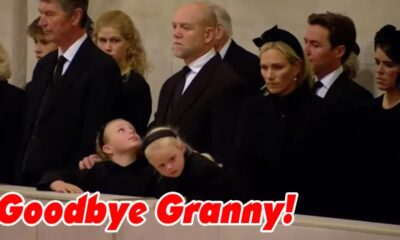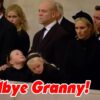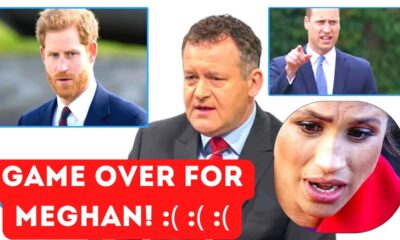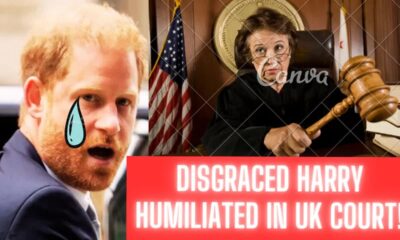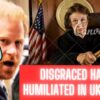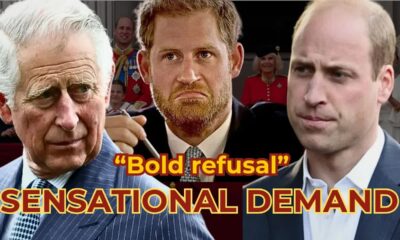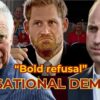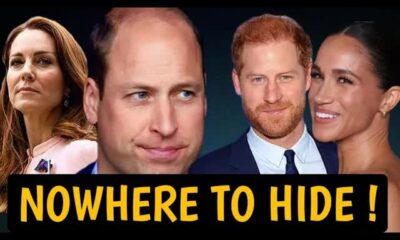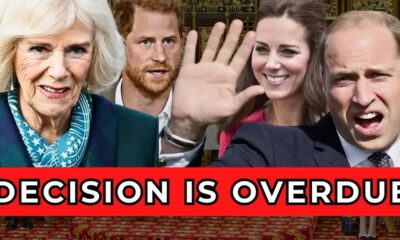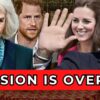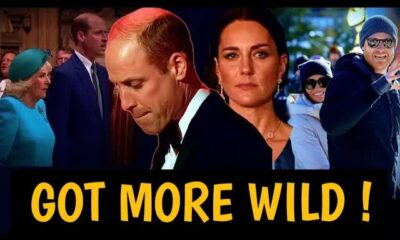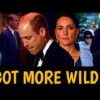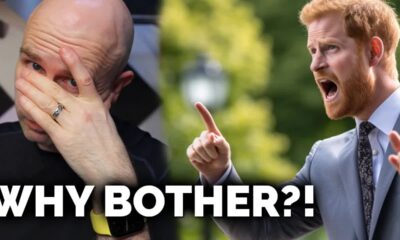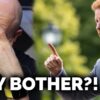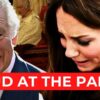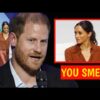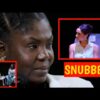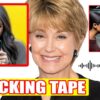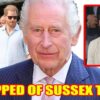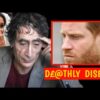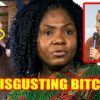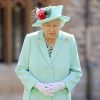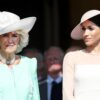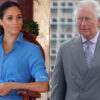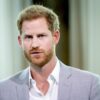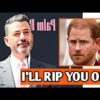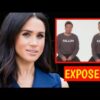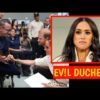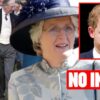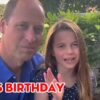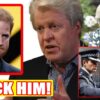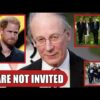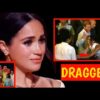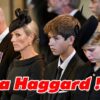All round
Rage Against The Machine stage n^ked protest
In an act of protest against the encroaching censorship within the music industry, the four members of Rage Against The Machine stood n^ked onstage at the 1993 Lollapalooza Festival in Philadelphia, Pennsylvania.
Instead of playing their set, they stepped out in front of thousands of fans entirely in the buff, gaffer tape binding their mouths and the letters “PMRC” spelled out across their chests.
The abbreviation referred to the Parents Music Resource Centre (PMRC), a pressure group formed in 1985 by Tipper Gore, who was married to soon-to-be president Bill Clinton’s right-hand man Al.
The PMRC pushed for cautionary ratings on albums, giving advance notice of s**ually explicit, violent or occult lyrical content.
Mrs. Gore formed PMRC with other like-minded “Washington Wives” and published a list of songs they disapproved of known as the “Filthy Fifteen”.
Trending:
- Meghan Markle Steals the Spotlight Again: A Royal Engagement Gone Awry
- “Harry and Meghan’s Tense Moment: A Marriage Under Scrutiny”
- Tension Unveiled: Frances Marquez’s Discontent with Meghan Markle in Colombia
- Elton John’s Scathing Remarks Leave Meghan Markle in Tears at Music Awards
- Meghan Markle’s On-Set Outburst: A Diva in Disguise?
PMRC did succeed in introducing the “Parental Advisory” sticker, but only after forcing a memorable 1985 Senate hearing into the alleged social problem of “p^rn rock”, where unlikely allies Frank Zappa, country star John Denver and Dee Snider of metal band Twister Sister took the stand to mount the case for the defence.
Rage Against The Machine’s n^ked protest was a serious point about what they regarded as the PMRC’s unconstitutional assault on free speech and creative freedom.
Nakedness though was a semi-regular occurrence in the hedonistic world of American alternative rock and grunge in the 1990s.
Members of Jane’s Addiction, Hole and Queens of the Stone Age all played live in a state of nature, Iggy Pop was always more comfortable unclothed than dressed, and the Red Hot Chili Peppers made an art of the well-placed white sport sock.
Mrs. Gore had been alarmed after hearing her 11-year-old daughter Karenna listening to Prince’s song “Darling Nikki” from Purple Rain, which directly references masturbation.
She subsequently published a moralizing book on the subject, Raising PG Kids in an X-Rated Society.
Rage Against The Machine didn’t play their instruments; rather they simply propped their guitars against the amps to create a wall of reverberating feedback as they stood there in all their natural born glory.
While the gesture was immediately understood and cheered by their politically-engaged audience, the crowd began to turn when they realized Rage had no intention of playing their hits like “Killing in the Name” or “Wake Up” they had gathered to hear.
Bottles were thrown in frustration.
“People were just bummed out.
We were hauled off by the police… That was a special moment,” Commerford told Louder Sound, remembering the event fondly.
Rage Against The Machine’s n^ked protest was a response to PMRC’s conservative censorship and their assault on free speech and creative freedom.
It was a bold move that made a statement and sparked conversations about artistic expression and censorship.
The band members overcame their private anxieties about the question of “shrinkage” to make a serious point.
The protest was a testament to Rage Against The Machine’s commitment to social justice and political activism.
Their music has always been a reflection of their beliefs and values.
The band has always used their platform to bring awareness to issues that matter to them.
As we mark 25 years since the n^ked protest, it serves as a reminder of the importance of artistic expression and freedom of speech.
The fight against censorship and for creative freedom continues today.



